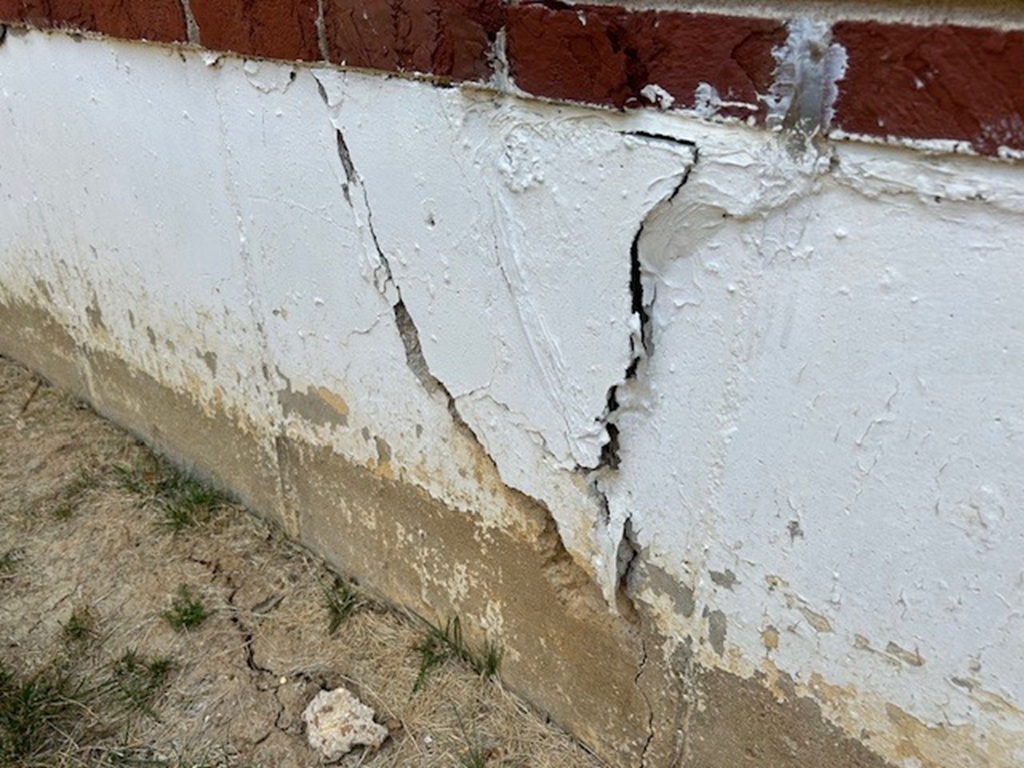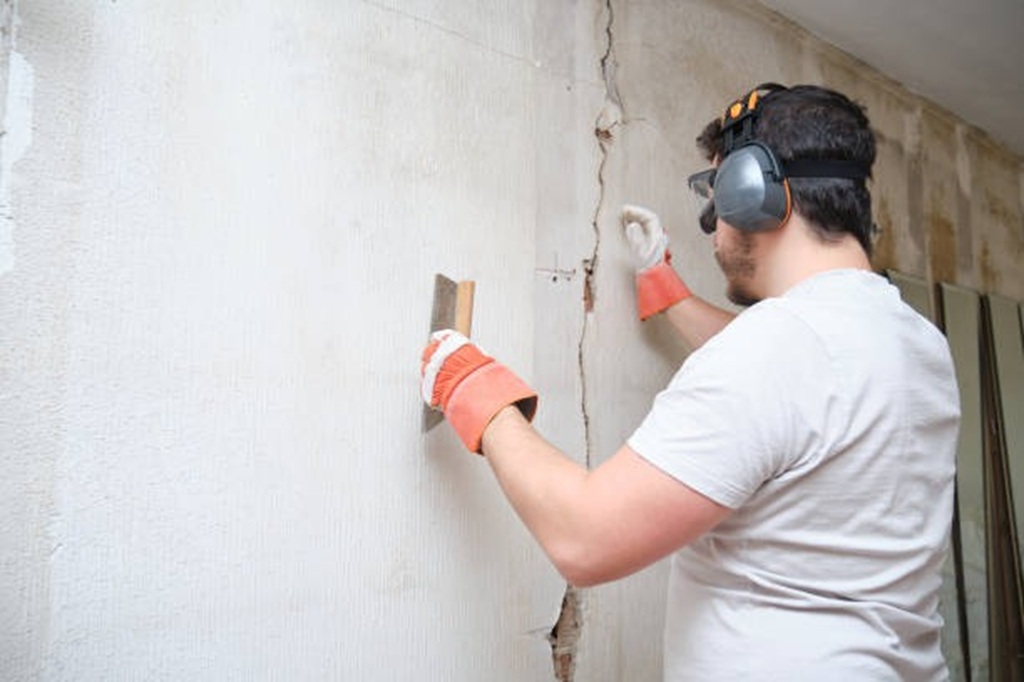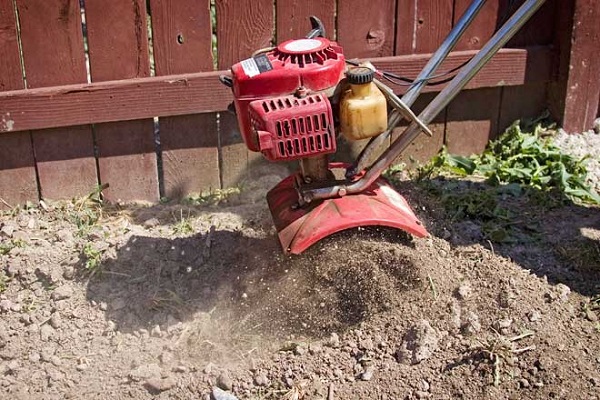Concrete walls, the stalwart guardians of our homes and structures, are prone to cracking. While some cracks are merely cosmetic, others signal serious structural issues that demand immediate attention. Understanding the causes, identifying the types, and mastering the repair techniques are crucial for maintaining the integrity and longevity of your concrete walls. This comprehensive guide will walk you through the intricacies of concrete wall crack repair, empowering you to address these issues effectively.
Understanding the Root Causes of Concrete Wall Cracks

Concrete, despite its strength, is susceptible to various stresses that lead to cracking. These stresses can originate from several sources:
- Shrinkage: During the curing process, concrete loses moisture, causing it to shrink. This shrinkage can generate tensile stresses exceeding the concrete’s tensile strength, resulting in cracks. These cracks are often thin and random.
- Settlement: Uneven settling of the foundation can exert significant stress on concrete walls, leading to cracks, particularly in areas where the soil support is inconsistent. This is more common in newly constructed buildings or areas with unstable soil.
- Thermal Expansion and Contraction: Concrete expands and contracts with temperature fluctuations. This constant movement can cause stress and cracking, especially in regions with extreme temperature variations.
- Overloading: Exceeding the design load capacity of a concrete wall can lead to structural failure and cracking. This is often seen in retaining walls or walls subjected to excessive lateral pressure.
- Water Damage: Freeze-thaw cycles, hydrostatic pressure, and prolonged exposure to moisture can weaken concrete, leading to cracking. Water infiltration can also corrode reinforcing steel, exacerbating the problem.
- Seismic Activity: Earthquakes generate powerful forces that can cause significant damage to concrete structures, including cracking. The severity of the cracks depends on the magnitude of the earthquake and the structural design.
- Construction Defects: Improper mixing, inadequate reinforcement, or poor curing practices can weaken concrete and increase its susceptibility to cracking.
Identifying Different Types of Concrete Wall Cracks
Accurately identifying the type of crack is essential for determining the appropriate repair method. Cracks can be classified based on their width, pattern, and location:
- Hairline Cracks: These are very thin cracks, typically less than 1/16 inch wide. They are often caused by shrinkage and are usually not a structural concern. However, they can allow water penetration.
- Non-Structural Cracks: These cracks are generally wider than hairline cracks but do not indicate structural instability. They may be caused by thermal movement or minor settlement.
- Structural Cracks: These cracks are wider than 1/8 inch and often exhibit displacement or shifting. They indicate significant structural issues and require immediate professional attention. Signs include horizontal cracks, stair-step cracks in block walls, and cracks wider at the top or bottom.
- Active Cracks: These cracks continue to widen or move over time, indicating ongoing structural stress. They require monitoring and specialized repair techniques.
- Dormant Cracks: These cracks have stabilized and are no longer actively moving. However, they still need to be sealed to prevent water infiltration.
Step-by-Step Guide to Concrete Wall Crack Repair
The repair method depends on the type and severity of the crack. Here’s a general guide:
-
Assessment and Preparation:
- Thoroughly inspect the crack to determine its type and extent.
- Clean the crack and surrounding area, removing loose debris, dirt, and old sealant.
- For wider cracks, use a chisel or grinder to widen the crack slightly, creating a V-shaped groove for better adhesion.
-
Repairing Hairline and Non-Structural Cracks:
- Epoxy Injection: For hairline cracks, low-viscosity epoxy can be injected into the crack using a syringe or pressure pot. This fills the crack and bonds the concrete together.
- Acrylic Caulk or Sealant: For wider non-structural cracks, apply a flexible acrylic caulk or polyurethane sealant to seal the crack and prevent water penetration.
-
Repairing Structural Cracks:
- Epoxy Injection with Reinforcement: For structural cracks, injecting epoxy alone may not be sufficient. Reinforcement, such as steel staples or rebar, may be required to bridge the crack and provide additional strength.
- Carbon Fiber Reinforcement: Carbon fiber strips or fabric can be bonded to the surface of the concrete wall to provide additional tensile strength and prevent further cracking.
- Helical Tie Installation: Helical ties are stainless steel rods that are driven into the concrete on either side of the crack and bonded with grout. This technique is effective for repairing cracks in masonry walls.
- Foundation Repair: If the cracks are caused by foundation settlement, addressing the underlying foundation issues is crucial. This may involve underpinning, slab jacking, or other foundation repair techniques.
-
Waterproofing and Finishing:
- After repairing the crack, apply a waterproof sealant or coating to prevent water infiltration.
- If necessary, apply a concrete patch or overlay to restore the aesthetic appearance of the wall.
Choosing the Right Materials and Tools
Selecting the appropriate materials and tools is crucial for a successful repair:
- Epoxy: Choose a high-quality, low-viscosity epoxy specifically designed for concrete crack repair.
- Acrylic Caulk or Sealant: Select a flexible, waterproof sealant that can withstand temperature fluctuations.
- Concrete Patching Compound: Use a pre-mixed concrete patching compound for larger repairs.
- Injection Gun or Syringe: For injecting epoxy or sealant into cracks.
- Chisel, Hammer, or Grinder: For preparing the crack.
- Steel Staples, Rebar, or Carbon Fiber: For reinforcing structural cracks.
- Helical Ties: For repairing cracks in masonry walls.
- Waterproof Sealant or Coating: For protecting the repaired area from water damage.
When to Call a Professional
While some minor cracks can be repaired DIY, it’s essential to know when to seek professional help:
- Structural cracks: Any crack that indicates structural instability requires professional assessment and repair.
- Active cracks: Cracks that continue to widen or move over time should be evaluated by a structural engineer.
- Foundation settlement: If the cracks are caused by foundation issues, a foundation repair specialist is necessary.
- Extensive water damage: If the cracks are accompanied by significant water damage, a waterproofing expert is recommended.
- Cracks in retaining walls: Retaining wall repairs often require specialized knowledge and equipment.
Read More Also: The Art and Science of Concrete Pool Structural Design
People Also Ask (FAQs)
-
Q: How do I know if a crack is structural?
- A: Structural cracks are typically wider than 1/8 inch, exhibit displacement, and may be horizontal or stair-step patterns. If you’re unsure, consult a structural engineer.
-
Q: Can I use caulk to repair structural cracks?
- A: No, caulk is not strong enough to repair structural cracks. Structural cracks require reinforcement and specialized repair techniques.
-
Q: How do I prevent concrete wall cracks?
- A: Proper foundation design, adequate reinforcement, proper curing, and controlling moisture are essential for preventing cracks.
-
Q: How much does concrete crack repair cost?
- A: The cost varies depending on the type and extent of the damage. Minor repairs may cost a few hundred dollars, while major structural repairs can cost several thousand.
-
Q: Can water damage cause concrete cracks?
- A: Yes, water infiltration can weaken concrete and exacerbate existing cracks. Freeze-thaw cycles and hydrostatic pressure can also cause damage.
-
Q: Are hairline cracks a problem?
- A: Hairline cracks are often not a structural problem, but they can allow water to penetrate. It is best to seal them to protect the concrete.
-
Q: Can I repair a crack myself?
- A: Minor cracks can often be repaired DIY, but structural cracks should be handled by a professional.
-
Q: What is the best material to use for concrete crack repair?
- A: Epoxy is a great material for many repairs, but the correct material depends on the kind of crack.
-
Q: How long does concrete crack repair last?
- A: If done correctly, concrete crack repair can last for many years, even decades. But the original causes of the cracking must be addressed.
Discover More: Shielding Steel: The Ultimate Guide to Best Fire Protection Methods
Conclusion
Concrete wall crack repair is a vital aspect of maintaining the structural integrity and longevity of buildings. By understanding the causes, identifying the types, and mastering the repair techniques, you can effectively address these issues and protect your investment. Remember, when in doubt, consult a professional to ensure the safety and stability of your structure. Regular inspections and preventative maintenance are key to minimizing the risk of concrete wall cracks and ensuring the long-term health of your property.




